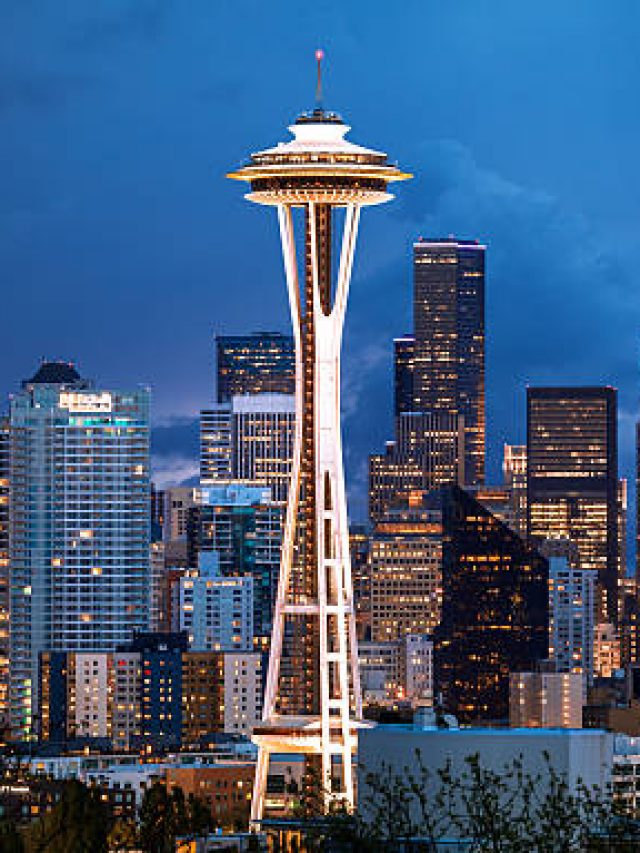Small caps are often younger companies that are aiming to grow their businesses quickly. When small caps are successful, they might be able to show fast growth and strong stock gains. But because these companies may be less stable, less well-established, and have less access to cash, they might also be more vulnerable to downturns or even failure, and so can come with greater risk. Generally, investments in mega-cap or large-cap stocks are considered more conservative with less volatility than investments in small-cap stocks. For instance, Nvidia closed with a stock price of $135.58 per share on June 18, 2024, when it reached a market cap of $3.335 trillion.
Liquidity and Investment Attraction
For instance, if two tech companies have significantly different market caps, it may indicate differing market perceptions about their future growth potential, profitability, what are the major types of costs or competitive positioning. It’s a generalization that stocks with a bigger market cap carry less risk, while small caps are considered to be riskier. A large-cap stock that carries a large amount of debt on its balance sheet or that faces an unexpectedly bad news story, for example, can suddenly carry more risk than previously thought. Alternatively, a small-cap stock with steadily increasing earnings and little to no debt might be a less risky investment than some large caps. A company’s market cap is first established in an initial public offering (IPO). In preparing for this process, a company pays a third party (typically an investment bank) to determine the value of a company, and recommend how many shares to offer to the public and at what price.
Those options and warrants will each bring in another $50 million in cash (as the $5 strike price for the 10 million options and the 10 million warrants will be paid to the company). Note that although it is not explicitly broken out here, the weighted average of the diluted share count should be used when calculating the market cap of companies. Under an alternative approach, we can calculate the market cap by subtracting net debt from the enterprise value of the company. With a solid understanding of market cap now under your belt, here are some ways to consider using it as you’re researching investments and constructing your portfolio. Or you could even split the difference by buying mid-cap stocks or the best mid-cap ETFs, enjoying higher growth than large-cap stocks along with higher stability than small-caps. Market capitalization can impact how you construct an investment portfolio.
Advanced Stock Screeners and Research Tools
- For example, a company whose value is estimated at $100 million may want to issue 10 million shares at $10 per share.
- It’s a generalization that stocks with a bigger market cap carry less risk, while small caps are considered to be riskier.
- Larger companies are often more established and have less volatile stocks.
- Bankrate.com is an independent, advertising-supported publisher and comparison service.
- If the company’s future growth potential looks dubious, sellers of the stock can drive down its price.
- A company with 20 million shares selling at $100 a share has a market cap of $2 billion.
So you could combine the best small-cap ETFs with a selection of the best large-cap ETFs. That said, there is a place for mid- and small-caps in certain portfolios. It’s the smaller players where you can sometimes find value,” says Holmes Osborne, principal at Osborne Global Investors in Missouri. Our writing and editorial staff are a team of experts holding advanced financial designations and have written for most major financial media publications. Our work has been directly cited by organizations including Entrepreneur, Business Insider, Investopedia, Forbes, CNBC, and many others. The articles and research support materials available on this site are educational and are not intended to be investment or tax advice.
Which of these is most important for your financial advisor to have?
Although it is often used to describe a company (e.g., large cap vs. small cap), market cap does not measure the equity value of a company. Despite their identical market caps, Company C has an enterprise value that is $1.2bn greater than that of Company A in comparison. Once we add the $4 billion in market cap to the corresponding net debt value of each company, we get different enterprise values for each. Frequently, equity analysts and investors following the public equities market will describe companies using industry jargon, such as “large-cap”, “mid-cap,” or “small-cap”. The proceeds received by the issuer as a result of the exercise are then assumed to be used to repurchase shares at the current share price, which is done to minimize the net dilutive impact. Under the treasury stock method (TSM), the common share count factors in the exercise of potentially dilutive securities, resulting in a higher number of total common shares.
These stocks typically trade on the pink sheets or Over-the-Counter Bulletin Board (OTCBB). Once a company goes public and its shares start trading on a stock exchange, its share price is determined by supply and demand in the market. If the company’s future growth potential looks dubious, sellers of the stock can drive down its price. Fully-diluted market cap, however, can be an important part of fundamental analysis.
Conversely, others might be attracted to small-cap or mid-cap stocks, seeking higher growth potential. Many mutual funds and institutional investors have specific mandates regarding the size of companies they can invest in, be it large-cap, mid-cap, or small-cap stocks. This means, if a company has 15 million shares of stock out in the public markets and each of those shares is valued at $10, then that company has a “market cap” of $150 million.
“It is much more likely that one can hit a home run by investing in a small-cap stock, but it is also more likely that a strikeout will occur,” says Johnson. Mercedes Barba is a seasoned editorial leader and video producer, with an Emmy nomination to her credit. Presently, she is the senior investing editor at Bankrate, leading the team’s coverage of all things investments and retirement. Any estimates based on past performance do not a guarantee future performance, and prior to making any investment you should discuss your specific investment needs or seek advice from a qualified professional. Market cap is also used to compare and categorize the size of companies among investors and analysts.
You could measure it by the dollar value of the economy, or the size of the population, or the square acreage of the land. Measuring a company is similarly complex, but market cap is a simple and popular way of estimating its value and size quickly. In the example above, Company A with a market cap of $10 billion could be considered a mid-cap. Again, that’s the price of one share multiplied by the total number of outstanding shares. Such indexes not only represent the overall market developments and sentiments, but are also used as benchmarks to track the performance of various funds, portfolios, and individual investments. For example, as of the market close on June 18, 2024, Nvidia (NVDA) had a market cap of $3.335 trillion, making it the most valuable company in the world.
However, the fact that Company C’s enterprise value exceeds that of Company A does not imply that the addition of debt to the capital structure increases its enterprise value. However, in recent years, the industry norm has shifted towards more conservatism by taking into account all potentially dilutive securities issued, no matter if they are currently in or out of the money. The securities of smaller, less well known companies can be more volatile than those of larger companies. Investors interested in researching investment options across various market-cap segments can use Fidelity’s Stock Screener, Mutual Fund Evaluator, or ETF/ETP screener.
And the smallest companies, such as those with values of less than $250 million, are typically considered micro-caps. The market cap indicates a company’s market value, meaning that would be the price you would have to pay to acquire the entire company. Such shares might be overpriced or undervalued based on business performance rather than the stock price. Usually, this term refers to companies that have been operating for a long time. They are popular, stable, and well-established on the market, so investing in them is considered safe – even if short-term returns aren’t spectacular, investors can expect continuing growth of share value. A high market cap signifies that the company has a larger presence in the market.
What is your risk tolerance?
To do that, you can use our amazing discounted cash flow calculator that can indicate whether the stock is overpriced or not. Pete Rathburn is a copy editor and fact-checker with expertise in economics and personal finance and over twenty years of experience in the classroom. Someone on our team will connect you with a financial professional in our network holding the correct designation and expertise.









